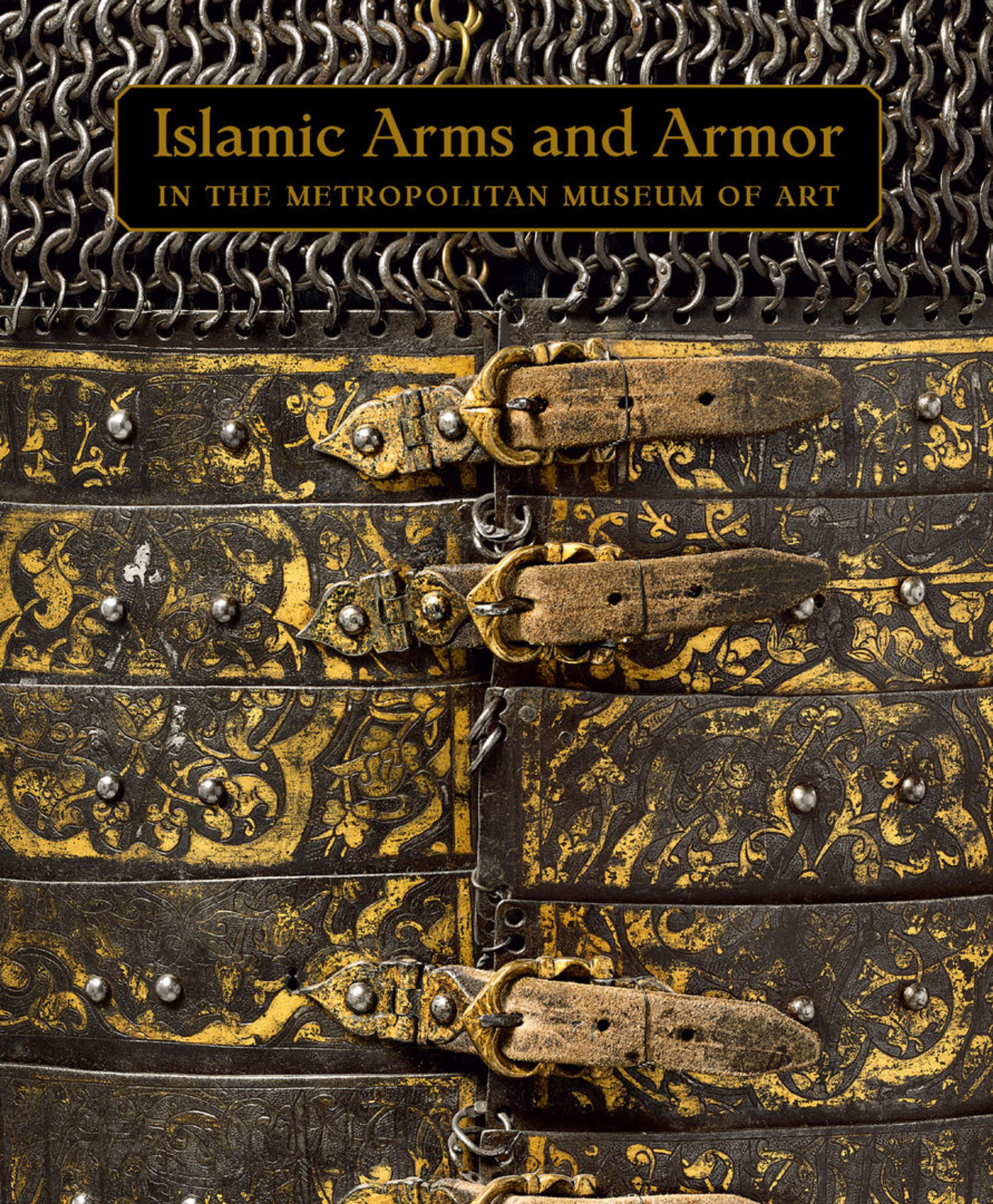Helmet
The helmet is decorated with Koranic inscriptions, including (Koran 61:13), "Help from Allah and a speedy victory." In the nineteenth century, it belonged to Albert Goupil, brother-in-law of the painter Jean-Leon Gérôme (1824–1904). It appears in Gérôme's 1869 painting Un Marchand d'armes au Caire.
Artwork Details
- Title: Helmet
- Date: 17th century and later
- Geography: probably Golconda, Andhra Pradesh
- Culture: Indian, Deccan, possibly Golconda
- Medium: Steel, iron, gold
- Dimensions: H. including mail 24 1/8 in. (61.3 cm); H. including nasal 13 1/4 in. (33.7 cm); H. excluding mail and nasal 9 5/8 in. (24.3 cm); W. 9 in. (22.9 cm); D. 11 1/4 in. (28.6 cm); Wt. 3 lb. 11 oz. (1665 g)
- Classification: Helmets
- Credit Line: Bequest of George C. Stone, 1935
- Object Number: 36.25.127
- Curatorial Department: Arms and Armor
More Artwork
Research Resources
The Met provides unparalleled resources for research and welcomes an international community of students and scholars. The Met's Open Access API is where creators and researchers can connect to the The Met collection. Open Access data and public domain images are available for unrestricted commercial and noncommercial use without permission or fee.
To request images under copyright and other restrictions, please use this Image Request form.
Feedback
We continue to research and examine historical and cultural context for objects in The Met collection. If you have comments or questions about this object record, please contact us using the form below. The Museum looks forward to receiving your comments.
